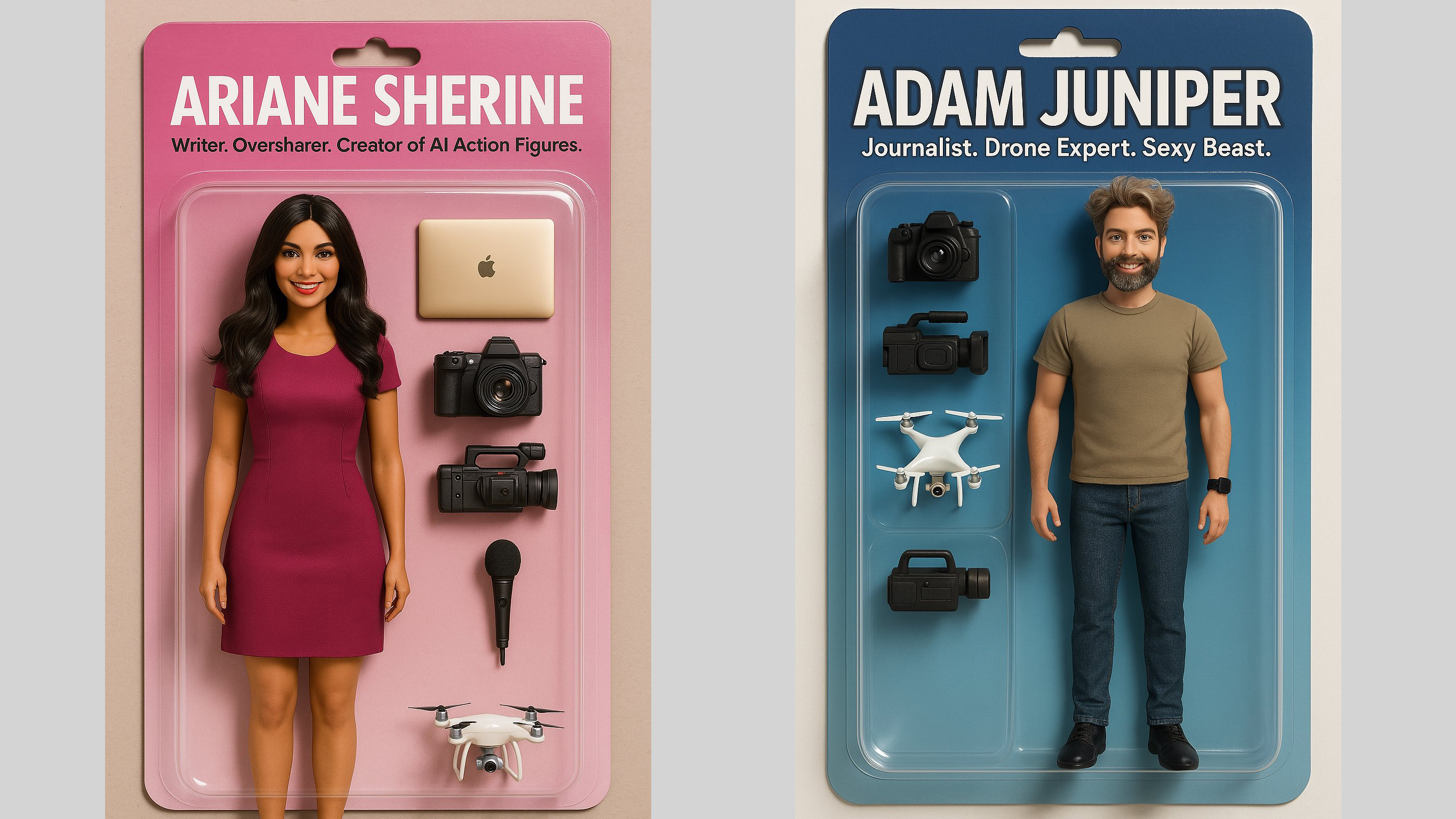The best iPad alternatives
Forget Apple: these iPad alternatives from Samsung, Microsoft, Amazon, and Lenovo provide better value and great specs

The best iPad alternatives are getting better and better these days. Which means you don't have to get tied into Apple's ecosystem or pay its sky-high prices to get a decent tablet experience.
Also, if you're already using an Android phone, you may prefer to use a tablet that uses the same operating system anyway. Or, if you're used to using Windows computers, you could buy a Windows tablet and team it with a keyboard to make it into a hybrid laptop.
Thankfully, brands such as Samsung, Microsoft, and Lenovo are constantly innovating and making devices that are just as capable as the iPad, or at least close enough that the average person won't notice the difference. To help you pick the right model, we've curated a list of the best Windows tablets, the best Android tablets, and the best Amazon tablets available today.
The Quick List
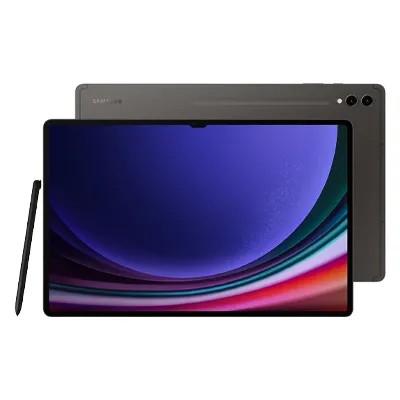
Best overall
The Samsung Galaxy Tab S10 Ultra is the best iPad alternative overall, thanks to its 14.6-inch Dynamic AMOLED 2X screen, stylish looks, robust design, and brilliant S Pen, with ultra-low latency (2.8ms) for natural writing, .
Read more below
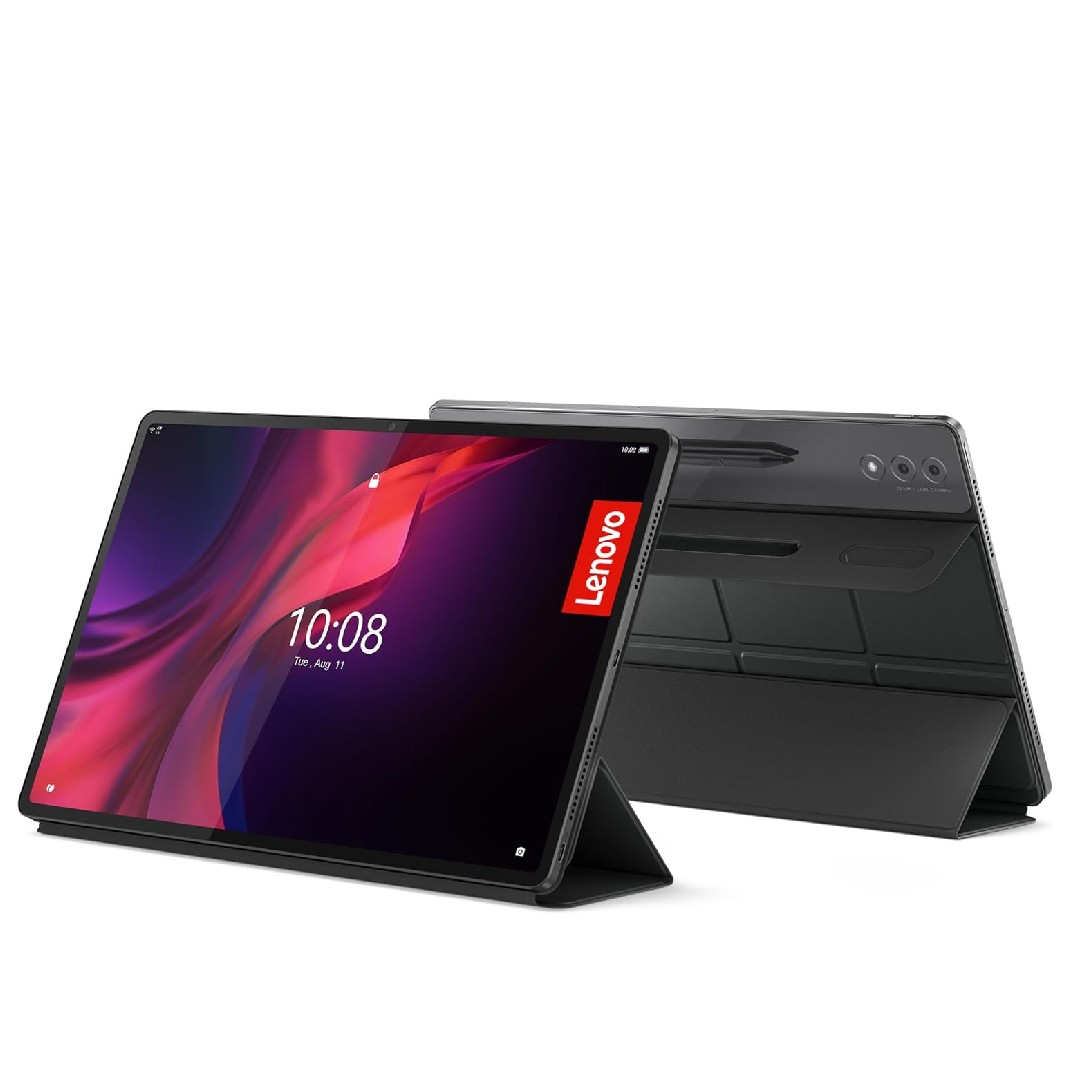
Best for productivity
If you want a tablet mainly for productity, second-monitor support and its superb keyboard accessory make this our top choice. You also get massive 14.5-inch Super AMOLED 120Hz display and support for an excellent keyboard dock accessory.
Read more below
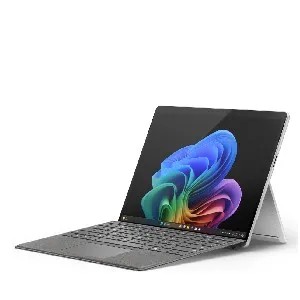
Best for Windows
This tablet runs full-blooded Windows, so you get a proper PC experience when teamed with a keyboard What's more, the powerful Qualcomm Snapdragon processors with a Neural Processing Unit (NPU) makes it ideal for running Photoshop.
Read more below
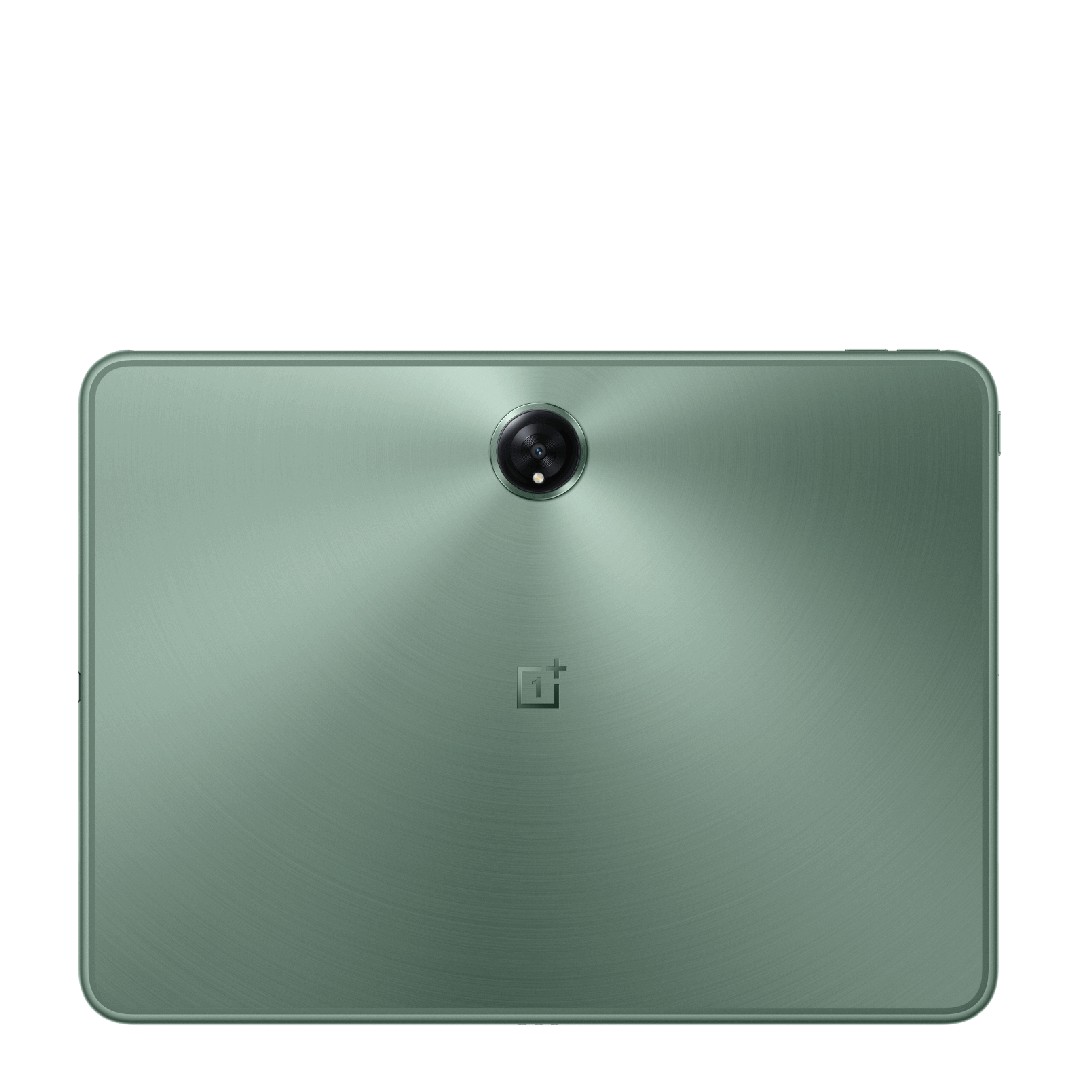
Best value
With a premium glass and metal design, this powerful and affordable Android tablet is well-suited for creative tasks like photo editing and video editing thanks to its 7:5 aspect ratio screen and MediaTek Dimensity 9000 processor.
Read more below
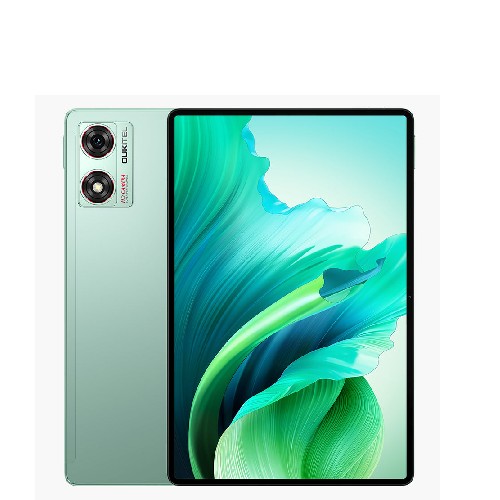
Best cheap
The Oukitel OT8 proves that you don't need to break the bank to get a functional tablet experience. This 11-inch device runs the latest Android 13 and offers cellular connectivity at a fraction of the cost of more premium alternatives.
Read more below
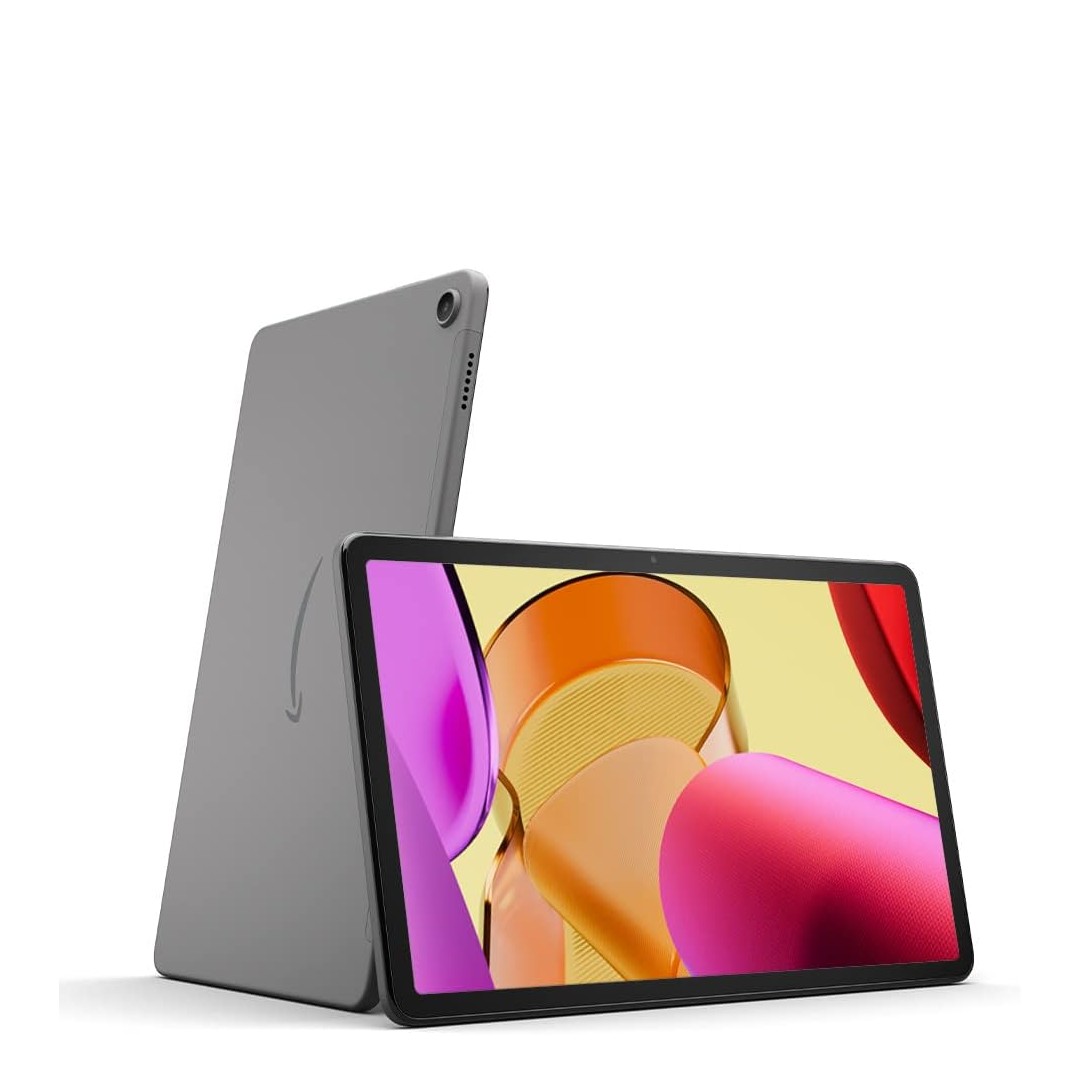
Best Amazon
If you want a tablet for media consumption, this iPad alternative offers excellent value. Our reviewer found it worked extremely well as an entertainment device. As with all Amazon tablets, though, you can't run Android and iOS apps.
Read more below
The best iPad alternatives in 2025
Why you can trust Digital Camera World
Best overall
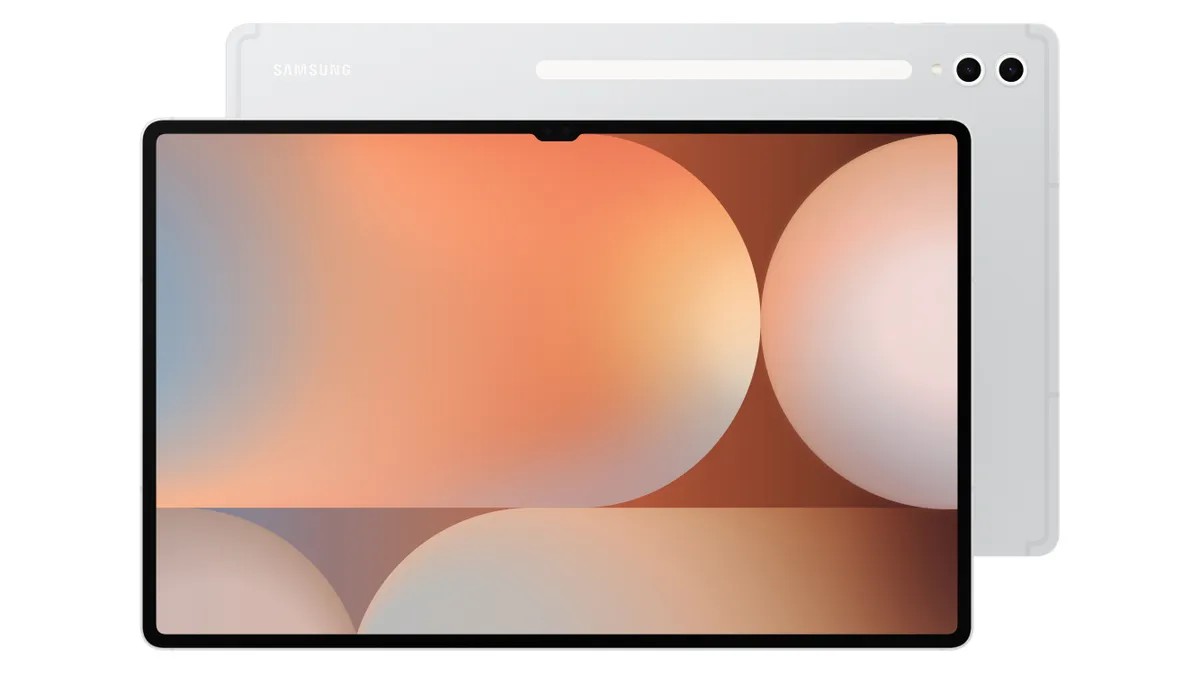
1. Samsung Galaxy Tab S10 Ultra
Specifications
Reasons to buy
Reasons to avoid
The Samsung Galaxy Tab S10 Ultra is the best iPad alternative you can get right now. Released in October 2024, it boasts a 14.6-inch Dynamic AMOLED 2X screen with a 120Hz refresh rate, vibrant colors, and anti-reflective technology, making it perfect for multimedia and creative work.
Running Android 14, this premium tablet looks very stylish, although it still feels robust enough to use and carry comfortably. Specifically, its Enhanced Armor Aluminium build is durable and IP68-rated for water and dust resistance.
Another highlight feature is the S Pen with ultra-low latency (2.8ms) for natural writing, Galaxy AI tools like Live Translate and Sketch-to-image, and seamless integration with Samsung's ecosystem. In short, this is a premium iPad alternative, and you won't find finer anywhere on the market today.
Best for productive work
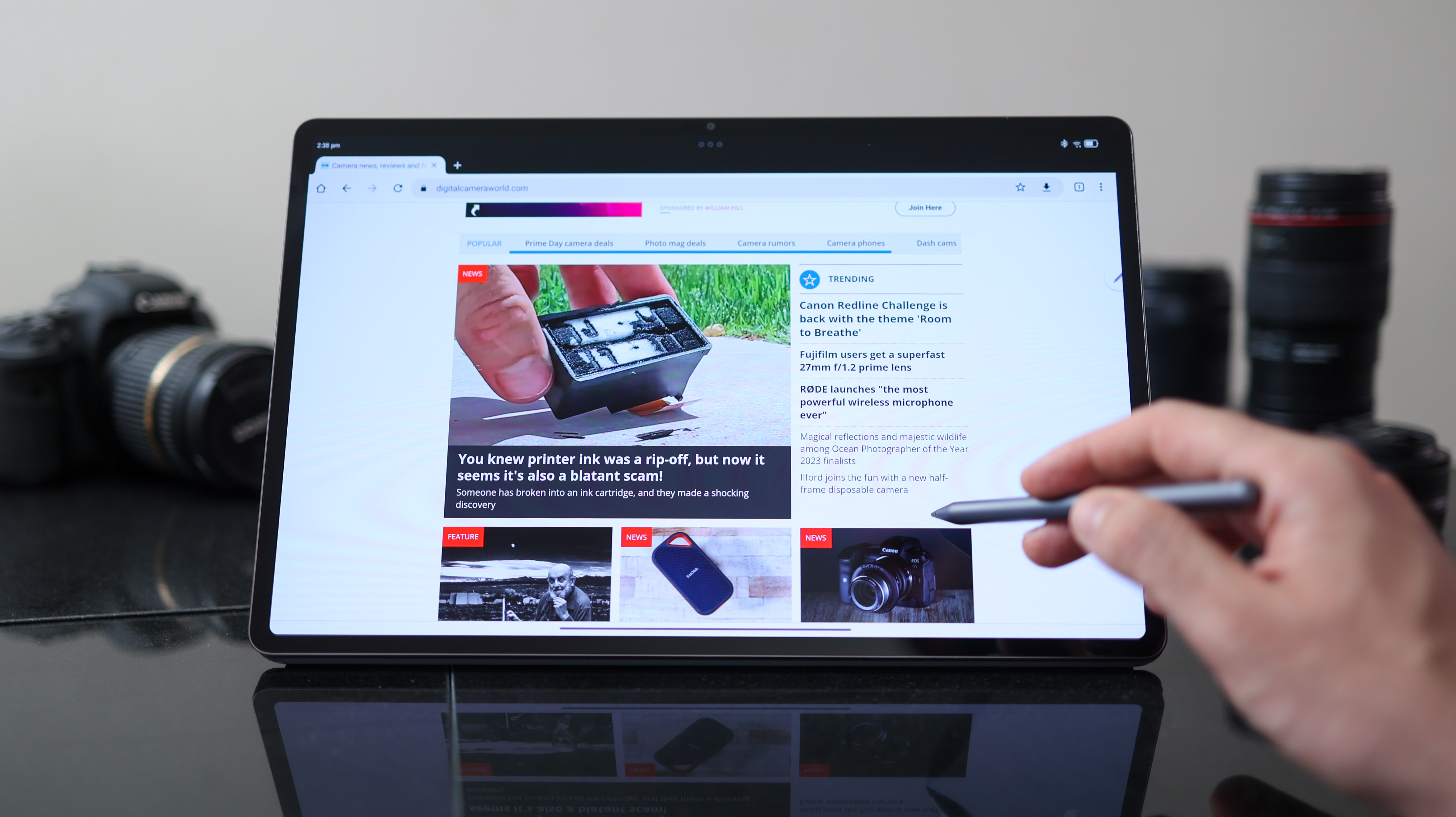
Specifications
Reasons to buy
Reasons to avoid
The Lenovo Tab Extreme is a strong contender for the Samsung's Galaxy Tab S10 Ultra's crown with its massive 14.5-inch Super AMOLED 120Hz display and support for an excellent keyboard dock accessory. Best of all, if you want a tablet mainly for productity, are its second-monitor support and its superb keyboard accessory. If you see yourself using those features, nothing else can touch it.
This lovely tablet has a thin metal chassis weighing 740g, dual USB-C ports, eight speakers, fingerprint scanner, and comes with a pressure-sensitive stylus pen. Its large 3000x1876 OLED display looks vibrant with manual settings to adjust color temperature and refresh rate between 60-120Hz.
Performance is excellent for video editing, photo processing and gaming despite some Android tablet optimization issues. And it has a massive 12,300mAh battery with fast 68W charging and 256GB storage expandable via microSD card. For more details, see our Lenovo Tab Extreme review.
Best iPad alternative with Windows
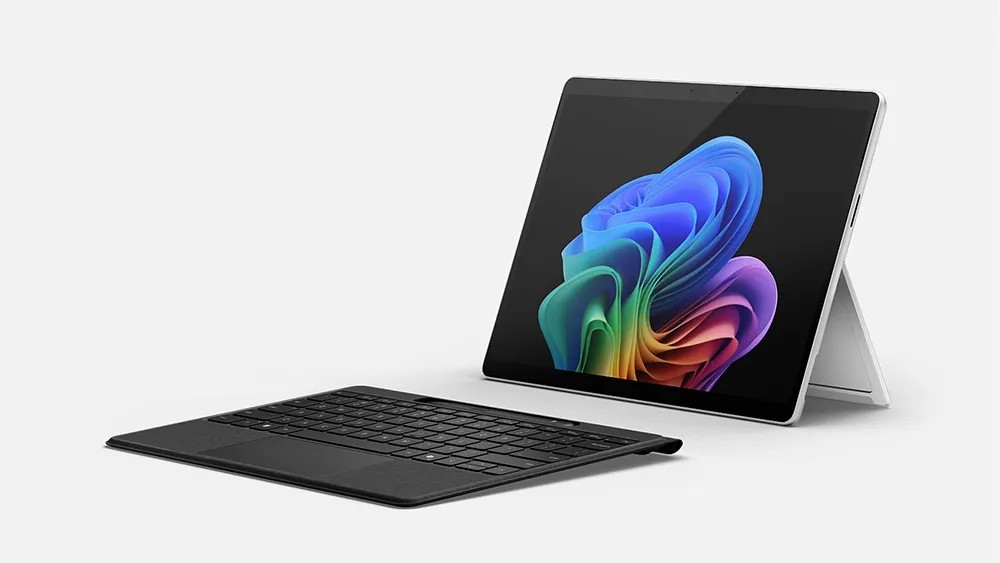
3. Microsoft Surface Pro 11
Specifications
Reasons to buy
Reasons to avoid
Surface Pro 11 is another device designed to be teamed with a clip-on keyboard (sold separately), making it easy to swap between using it as a tablet and a hybrid laptop. But the special thing here is that runs full-blooded Windows, so you get a proper PC experience rather than just running mobile apps. What's more, the powerful Qualcomm Snapdragon processors with a Neural Processing Unit (NPU) for AI tasks makes it ideal for running full desktop applications like Adobe Photoshop, surpassing the iPad Pro in professional versatility.
More generally, this tablet offers a stylish design, lightweight build (under 1kg), and comes in four colors (black, sapphire, platinum, dune). Other standout features include an optional OLED display with 120Hz refresh rate for enhanced visuals and responsiveness. It's not cheap, though. Pricing starts at £999 (16GB RAM, 256GB storage) and can go up to £2,100 for higher configurations. The Flex Keyboard, which includes the Slim Pen, costs £450.
Best value
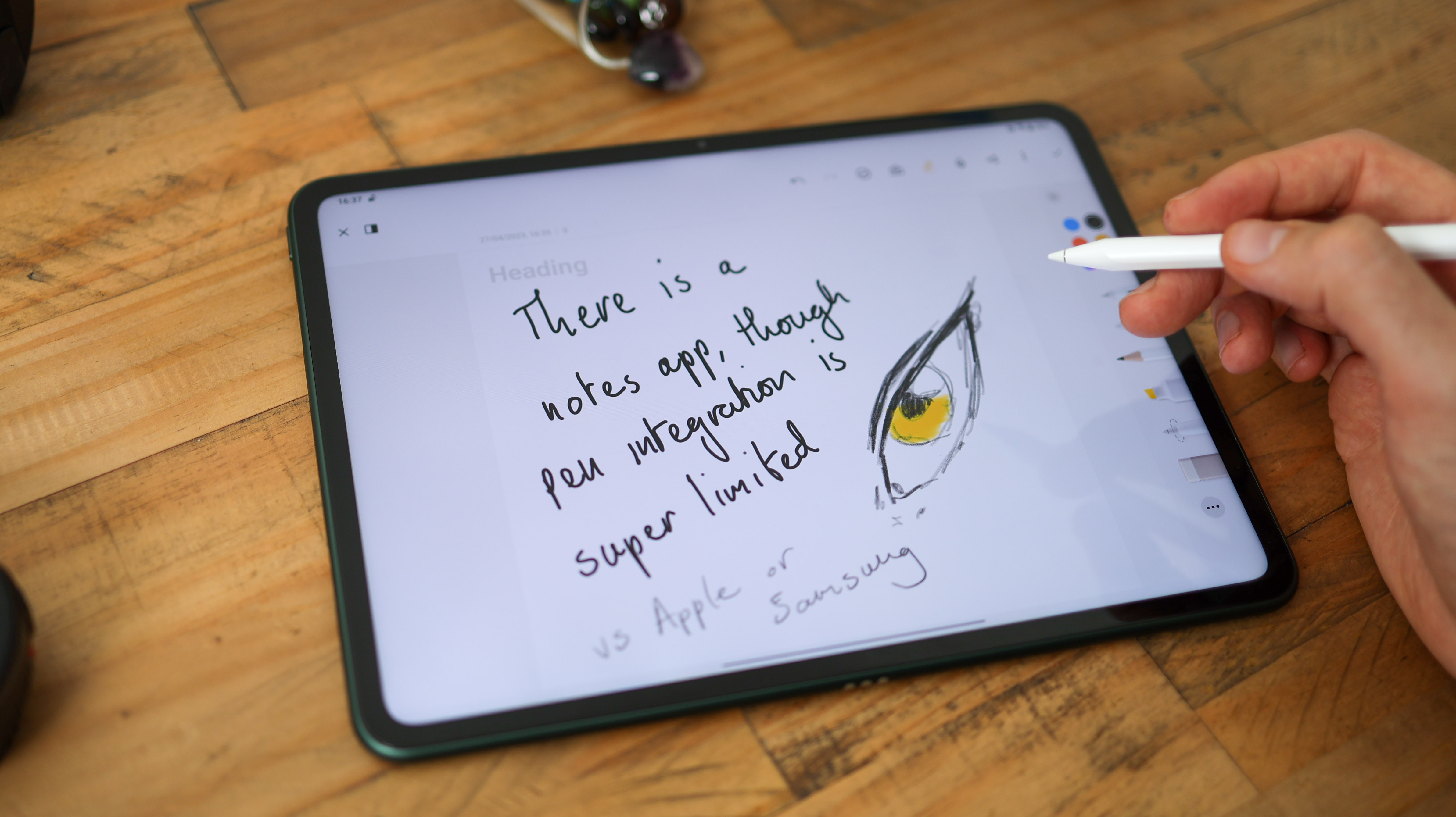
Specifications
Reasons to buy
Reasons to avoid
Looking for something considerably cheaper than an iPad, but still very capable? Then we recommend The OnePlus Pad. This powerful and affordable Android tablet is well-suited for creative tasks like photo editing and video editing thanks to its 7:5 aspect ratio screen and MediaTek Dimensity 9000 processor. It has a premium glass and metal design, while the optional keyboard folio case and stylus pen accessories add utility for productivity.
The 11.6-inch LCD screen has a high 2800x2000 resolution, 144Hz refresh rate, and 500 nits brightness, though it lacks an OLED panel. Camera performance is average, as expected for a tablet, but the display is great for using photography apps such as Lightroom.
Performance is also excellent; our reveiwer found it was able to handle 4K video editing in Lumafusion with ease, aided by 8GB RAM. However, storage is limited to 128GB with no expansion. For more details, read our OnePlus Pad review.
Best cheap iPad alternative
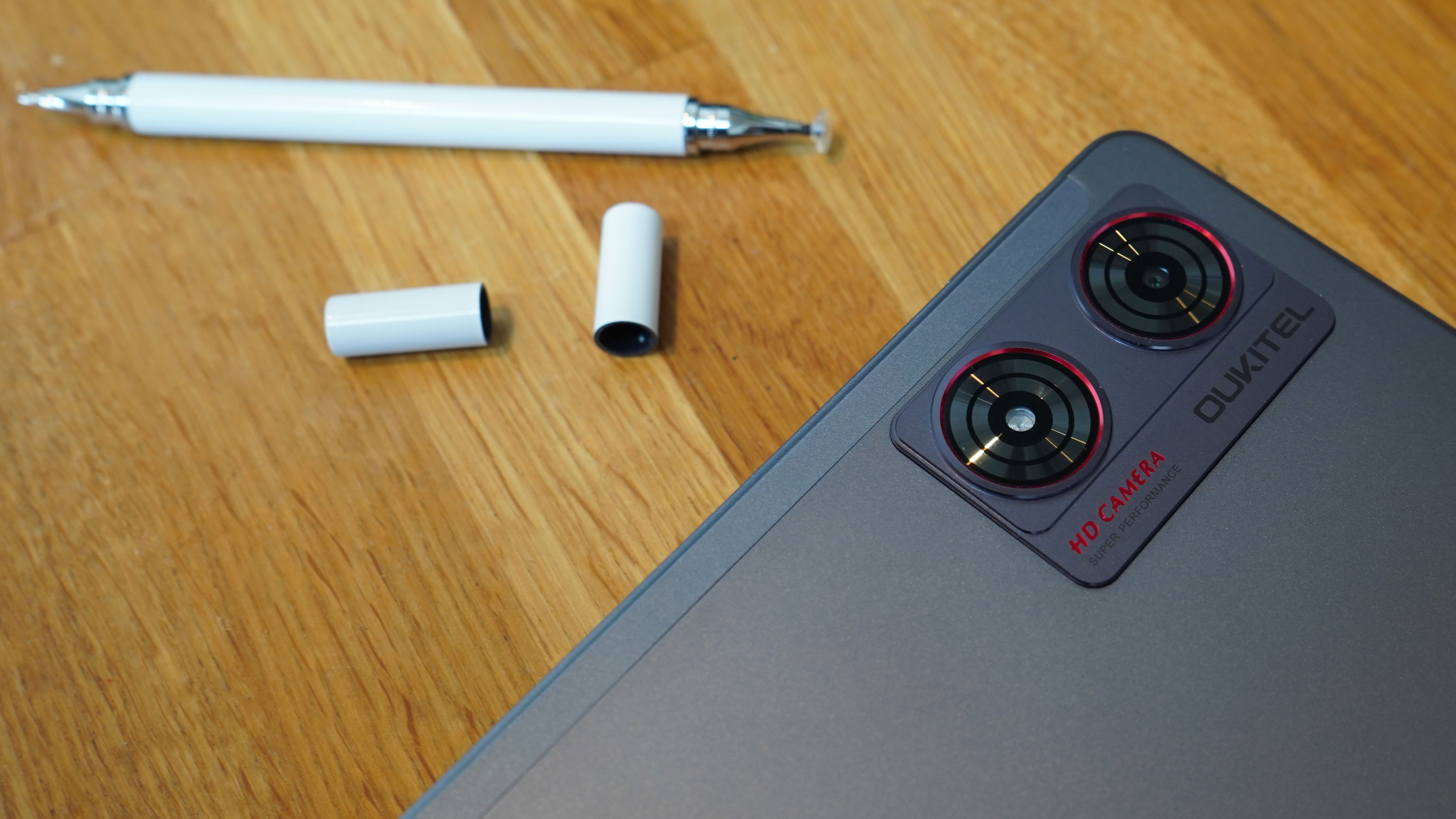
Specifications
Reasons to buy
Reasons to avoid
The Oukitel OT8 proves that you don't need to break the bank to get a functional tablet experience. This 11-inch device runs the latest Android 13 and offers cellular connectivity at a fraction of the cost of more premium alternatives.
For budget-conscious users, the OT8 delivers impressive value. Its 11-inch IPS LCD screen (1200 x 1920 resolution) is suitable for media consumption and basic tasks. The tablet comes with a stylus and protective case included. And with 256GB of built-in storage and MicroSD expansion, you'll have plenty of space for apps and media.
The OT8 shines in the audio department too, with a good 4-speaker system, making it great for watching videos or listening to music. The inclusion of a 3.5mm headphone jack is a nice touch for those with wired headphones. And battery life is solid, with over 12 hours of video playback on a single charge.
As expected at this price point, there are compromises. The Unisoc T606 processor and 6GB of RAM are adequate for basic tasks and media consumption but may struggle with more demanding applications or multitasking. The cameras (13MP rear, 5.7MP front) are serviceable in good lighting conditions but won't impress photography enthusiasts.
Read more: Oukitel OT8 review
Best Amazon tablet
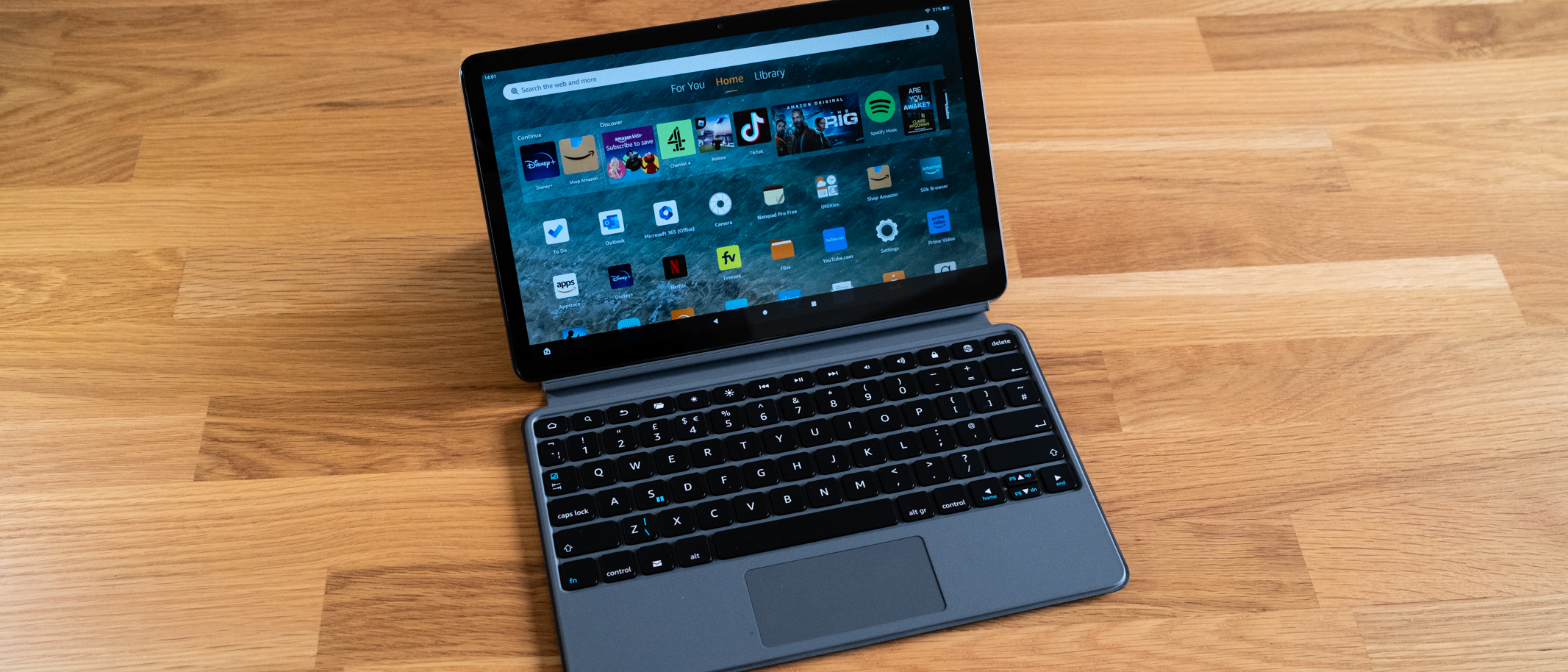
Specifications
Reasons to buy
Reasons to avoid
If you mainly want to use a tablet for media consumption, then the Amazon Fire Max 11 is another iPad alternative offering excellent value. Our reviewer found it worked extremely well as an entertainment device, and even as a productivity device when teamed with the optional Keyboard Case.
Released in May last year, it's got a great HD-resolution screen for all your entertainment needs and very good audio for the price. Neither matches up to the superior quality of the latest iPad Pro, but for most people they’ll be perfectly acceptable, particularly if you’re using a decent pair of headphones.
As with all Amazon tablets, you can't run Android and iOS apps. And while there are FireOS equivalents, if you’re wedded to a particular app that may be a deal breaker. The 8MP cameras on front and back are nothing to write home about, either. The Amazon Fire HD 10, then, should mainly be considered as a device for light web browsing and enjoying films and music rather than anything more serious and business-like. For more details, read our Amazon Fire Max 11 review.
How to choose the best iPad alternative for you
Although the iPad dominates the tablet market, there are many excellent alternatives worth considering. Start by determining your needs: do you want a tablet primarily for media consumption, productivity, or both? This will help narrow your choices.
Next, consider the operating system. If you want seamless integration with Windows PCs and Microsoft Office, look at Windows tablets like the Surface Pro. Otherwise, Android tablets from Samsung, Lenovo, and others offer a familiar mobile OS with access to millions of apps. Premium options like the Samsung Galaxy Tab S9 even rival the iPad's performance.
Further factors to evaluate include screen size, resolution, processor performance, battery life, stylus support for note-taking, and optional keyboard accessories.
Can a tablet replace my computer?
This question is very dependent on what you need to use your computer for and which tablet you buy. The short answer is yes, most tablets can offer the most basic functions of a computer such as checking and replying to email, working on documents and spreadsheets, watching videos, and even light photo editing. And you can often buy a separate keyboard that essentially turns your tablet into a hybrid laptop.
At the same time, you might find it is easier to get tasks done on a computer, as they generally have a larger screen and more stable cursor and keyboard experience. Computer operating systems like Windows and macOS are designed for multitasking, whereas most tablets run mobile operating systems such as iOS or Android which are more geared for using one app at a time. That said, there are some tablets like the Microsoft Surface Pro 9 above, which run full Windows.
Can I transfer my Apple App Store purchases to an Android tablet??
No, this is not possible. Anything purchased on the App Store on any of Apple's devices is locked to the Apple ecosystem. If you want any software or content on another device, you would be required to repurchase it, providing it is available for Android/Windows operating systems.
Can I use the same apps on an Android tablet as on an iPad?
This depends on the apps. iPad apps are designed for Apple's iOS operating system, but many apps have both iPad and Android versions, which are usually pretty similar if not identical. Most Android tablets have access to the Google Play Store, which offers many of the same popular apps you'd find on the iPad. The main exception are Amazon tablets, which cannot access the Google Play Store, although there are a limited selection of apps in the Amazon Play Store.
How we test iPad alternatives
We have extensive experience testing tablets over many years, including multiple generations of each model. To assess tablets, we thoroughly evaluate a number of factors. We assess display quality by viewing test photos to analyze color accuracy, dynamic range, and detail levels, both indoors and outdoors to check for reflections. We also look at each tablet's ability to handle resource-intensive apps by pushing RAM limits with layers and file sizes, along with battery life in real-world usage scenarios. And we look at camera quality by taking photos in various lighting conditions using both the front and rear cameras.
Get the Digital Camera World Newsletter
The best camera deals, reviews, product advice, and unmissable photography news, direct to your inbox!
Tom May is a freelance writer and editor specializing in art, photography, design and travel. He has been editor of Professional Photography magazine, associate editor at Creative Bloq, and deputy editor at net magazine. He has also worked for a wide range of mainstream titles including The Sun, Radio Times, NME, T3, Heat, Company and Bella.

